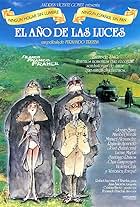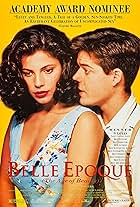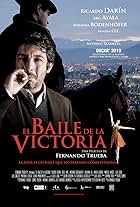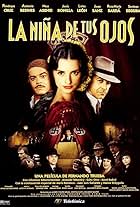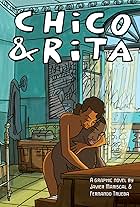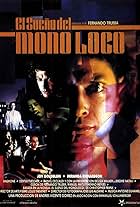"El milagro de Candeal" is a documentary with simultaneous thematic lines, which are its major assets. As it progresses, these themes exclude themselves mutually, and director Fernando Trueba tries hard to integrate them.
At first, it appears as a documentary on religious syncretism: there is copious material to illustrate how a spiritual phenomenon took place in Brazil since the 1700s, combining elements of Yoruba religion with Catholicism. The film is structured around the voyage to Salvador do Bahía of famous Cuban musician Bebo Valdés, who follows the prediction made by a Cuban santera in the 1940s, and goes there to find his roots. The most beautiful sequence is the ritual in homage to Iemanjá, in which believers travelling in boats, throw flowers and wine to the sea; and the most revealing, and without any doubt the most enigmatic to an audience that has never witnessed these manifestations, is the moment when an old lady becomes the vehicle of an orixá (a deity.) But "El milagro de Candeal" is more than that: it is also a reflection on displacement: Valdés had never gone back to Cuba since his exile, and the barrio of Candeal works as the place for his reconciliation, not only with his faith, but with his origins. Since he is a notorious pianist, the musical aspect of his trip is the center. Happy music abounds in Candeal's streets (including one named after Bob Marley), at least from Trueba's point of view: that is what he mostly shows us, although one may hear, here and there, suggestions of social inequity, marginalization and racism.
The description of Candeal's community activities, of public officers, social workers and music teachers, is intense. In all moments, Valdés is a witness or an active participant. He is also a critic, as in the visit he pays to Gilberto Gil, one of the big exponents of the Brazilian new song in the late 1960s, and Ministry of Culture for Lula's government. Valdés comments that the social reforms done in Candeal, would do a lot of good to "Las Antillas" (meaning perhaps Haiti, Dominican Republic, or mainly Cuba.) In "Buena Vista Social Club", the Cuban musicians, in spite of their immense talent, were pieces of the scheme concocted by Wim Wenders and Ry Cooder, and they ended acting as such, losing part of their spontaneity. Trueba gives voice to the Candeal's dwellers, leading to the inauguration of a new plaza they build. Unfortunately, just as in "Buena Vista Social Club", the documentary becomes artificial when it centers on musician Carlinhos Brown, a key figure in the cultural rebirth of Candeal. There is even a carnival sequence with exclusive close-ups for him and the musicians and singers around him, leaving out all the crowds dressed to party, with a soundtrack that sounds prefabricated (or post-fabricated) in a studio. It is followed by something worst: the next morning, when all misery is shown without mercy by the camera. Maybe Trueba's strategy was to show life, beauty, and all that is constructive and positive in human beings, but he betrayed himself in the last moment.
In the final analysis, though, "El milagro de Candeal" is a documentary that should be seen. It is filled with so many priceless images and beautiful musical moments (including an intimate moment with Caetano Veloso singing and playing his guitar), that it is impossible to disregard it as trash.









